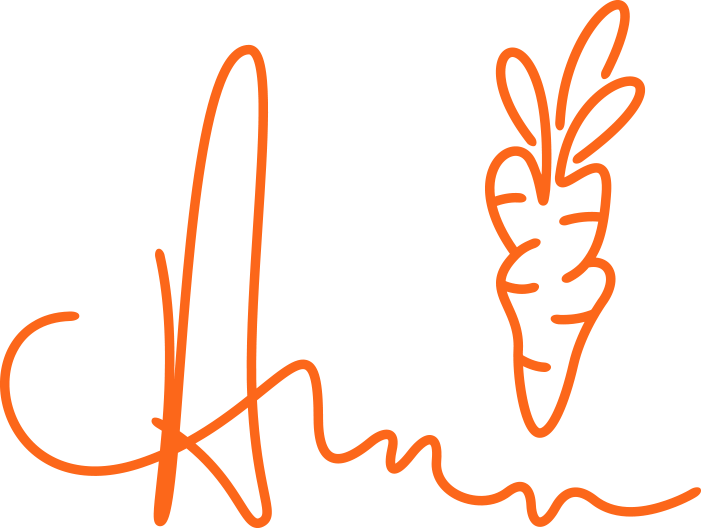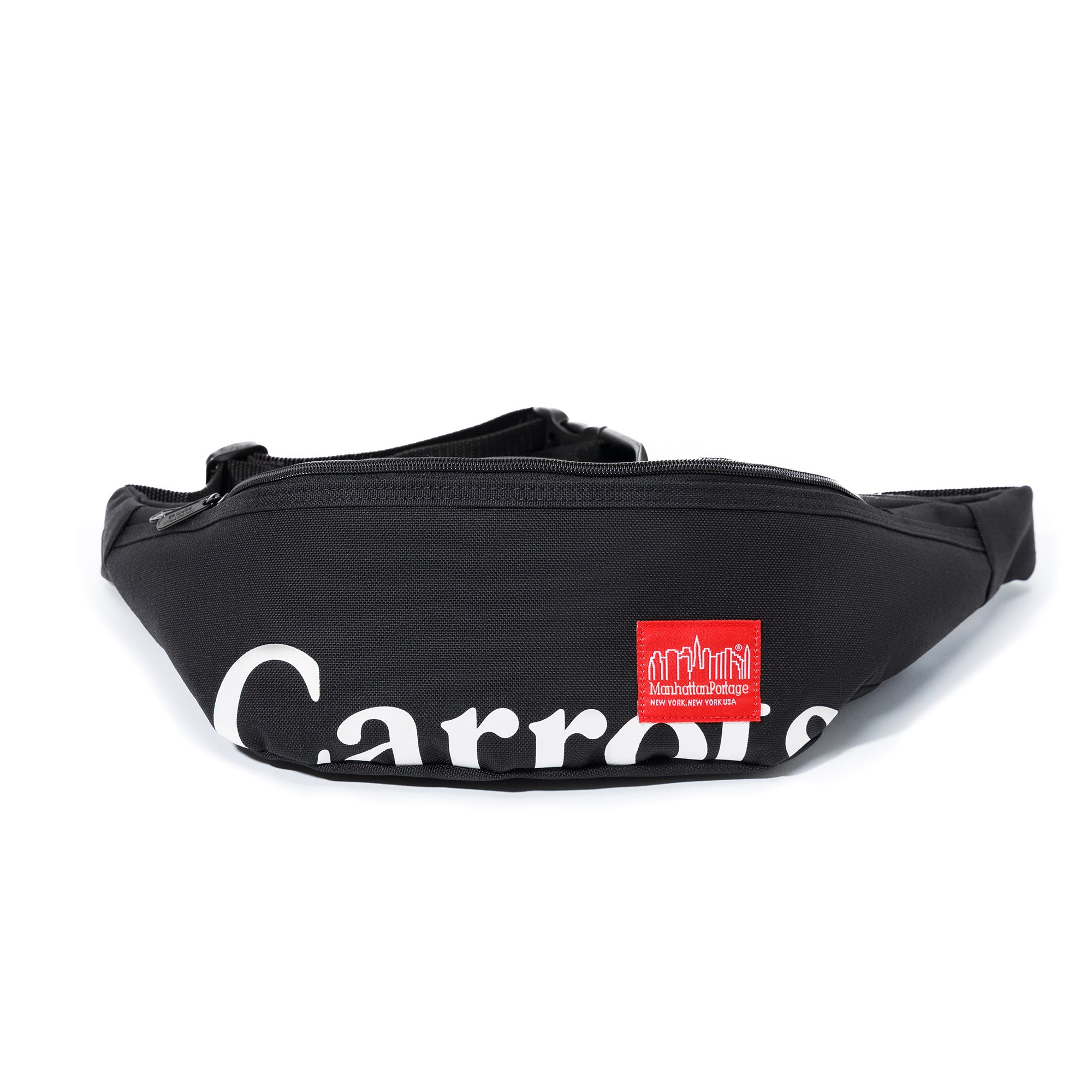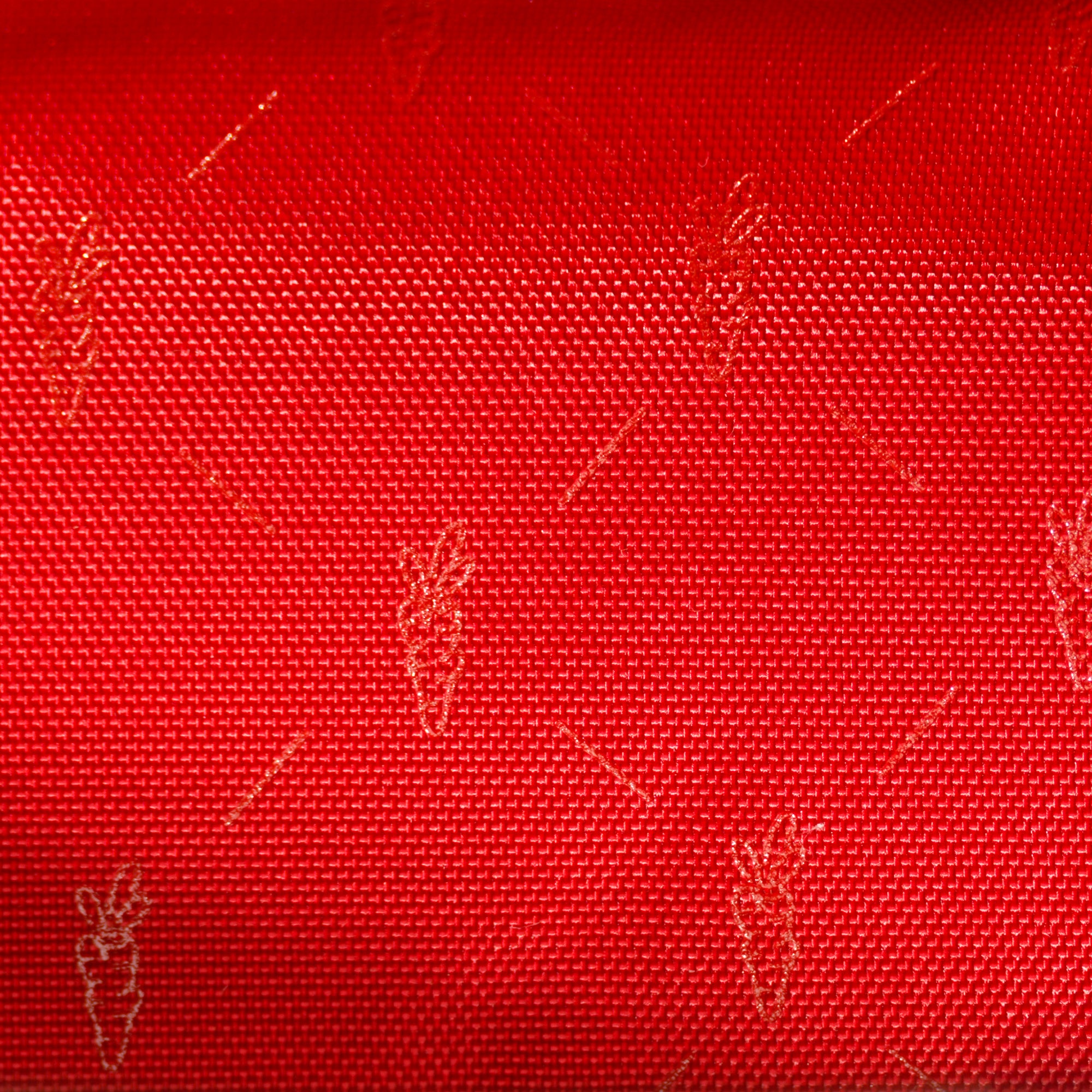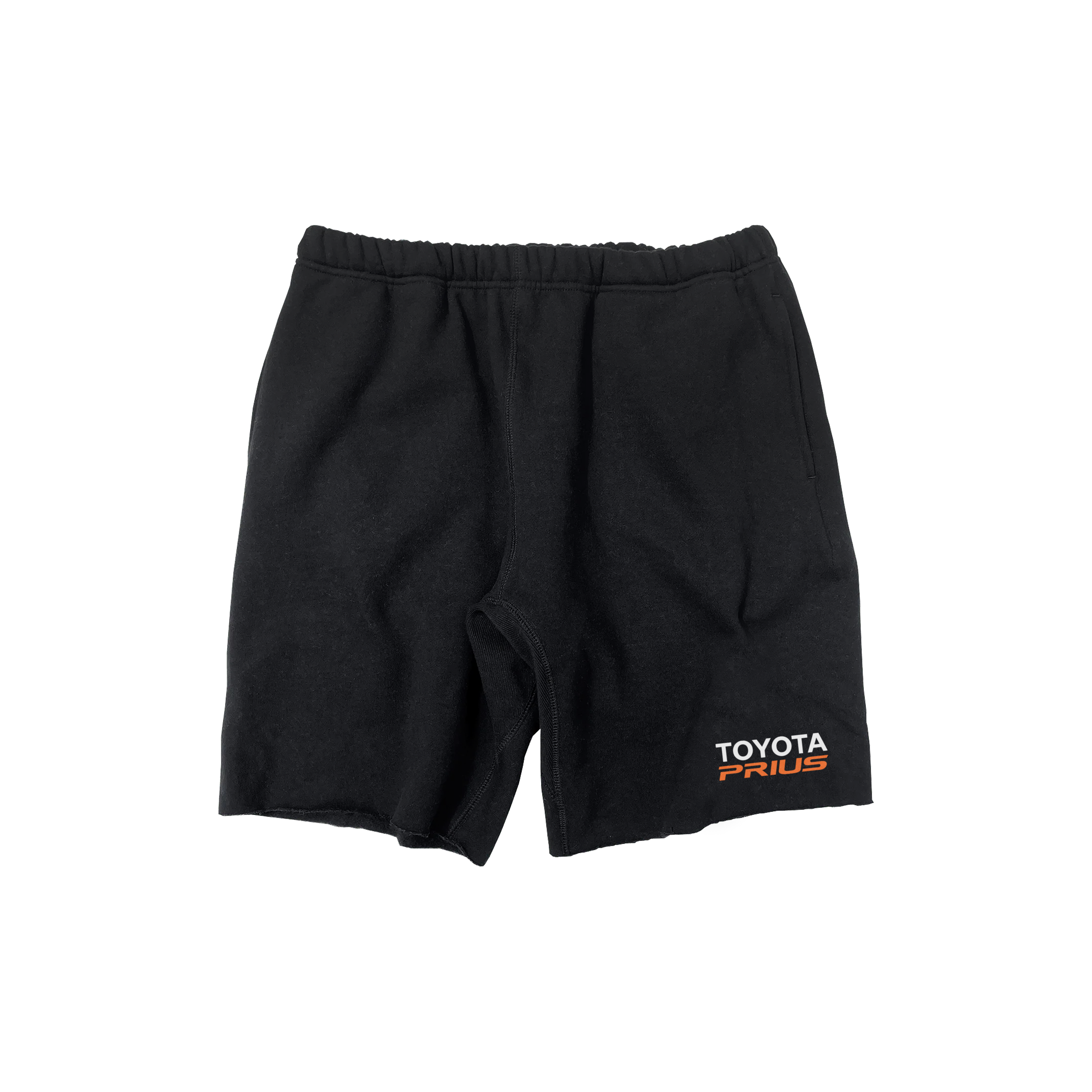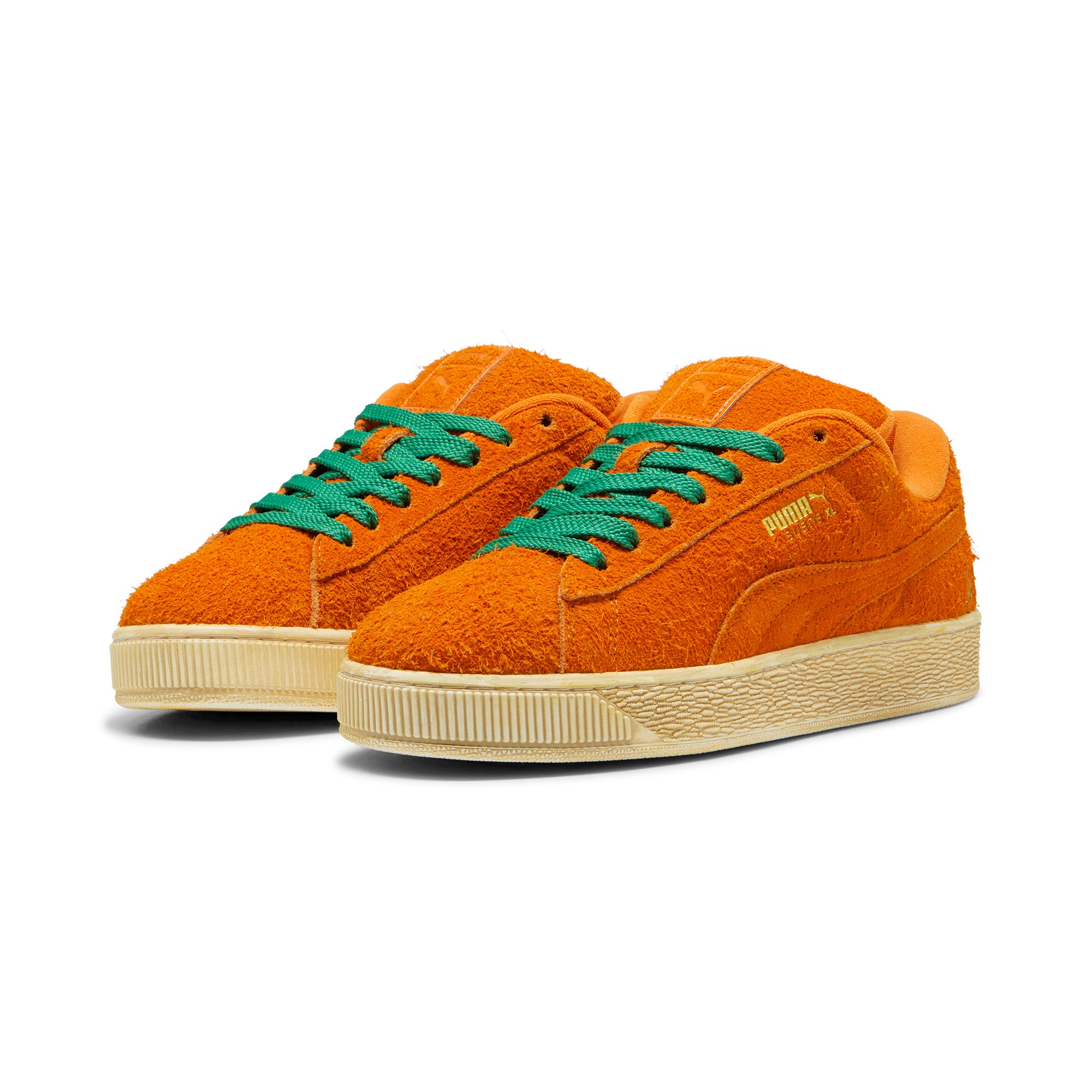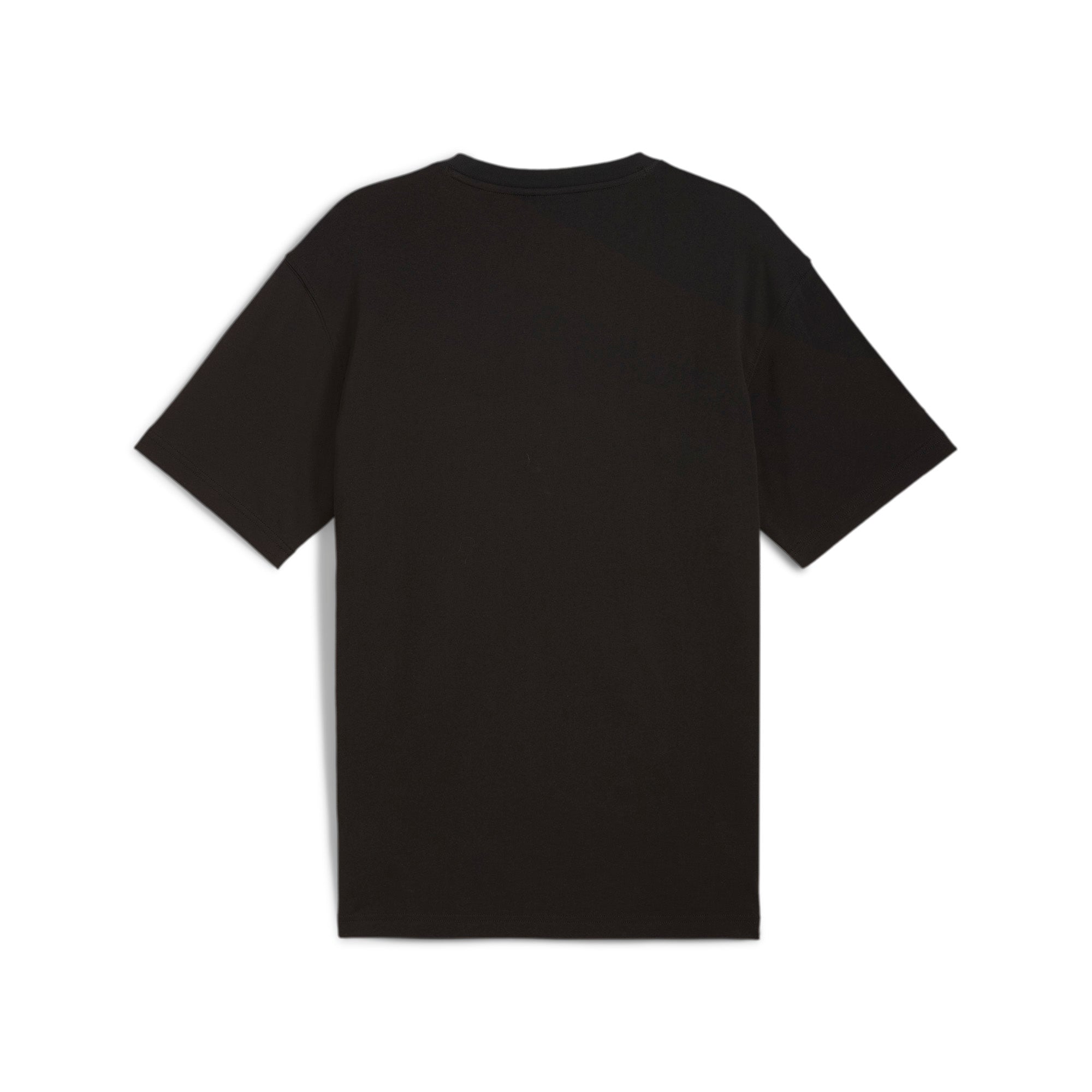
madeincharlie: By 2007, Poopat and Girolami had enough traction...


By 2007, Poopat and Girolami had enough traction to focus on their brand full time. Then the financial crisis hit. “It was a scary time,” says Poopat. But rather than turning negative, the company’s growth simply plateaued, bolstered by European demand. Over the years, propelled by an explosion of websites covering menswear, sneakers and streetwear, the Internet has been a significant driver of growth for the brand. “Hypebeast, Selectism, all those guys, I think it’s amazing,” Poopat says. “The men’s market has blown up and we have to thank the Internet for a lot.”
In 2009, the company launched a full womenswear line (having previously experimented with two women’s models). “Women have been the dictators of fashion, right?” posits Poopat. While he admits the women’s market was tough to break into at first, the business is growing quickly and now comprises about 30 percent of turnover. Poopat says that the Net-a-Porter Group is currently their largest account.
Common Projects have become synonymous with quiet, clean, understated sneakers. It’s a coup they pulled off by designing shoes that both elevate and pay homage to familiar silhouettes, stripping away the details to let the pared-down shapes speak for themselves. When Adidas revealed a set of minimal white Stan Smiths made for distribution at Dover Street Market, Barneys and Colette, commenters on Hypebeast were quick to mention the similarities to Common Projects, with some even going as far as to call the stark white Stan Smiths “a rip off.”
“It’s now the original,” says Girolami.
In the sneaker world, resale value is a common indicator of a brand’s cachet. Depending on their rarity, ‘deadstock’ trainers from Nike’s Jordan brand can easily fetch 300 percent more than their original retail price on sites like eBay, where buyers paid $338 million for sneakers last year. Interestingly, there is a fertile resale market for second-hand Common Projects sneakers, too. Arun Gupta, the founder of Grailed.com, an online marketplace for fashion, says shoes by Common Projects are always in demand. “There is just so much hype around them; the Achilles almost always resells for $250-plus” even when worn.
In recent years, Poopat and Girolami have extended the ethos of doing the kind of collaborative “projects” that first brought the duo together to a number of creative collaborations with fashion designers. Since Autumn 2009, menswear designer Robert Geller has been working with the duo on silhouettes like combat boots (Fall 2010), double monk strap shoes (Spring 2011) and hiking sneakers (Fall 2014). For Spring/Summer 2015, Common Projects and Geller collaborated on zip-up oxford shoes and plush suede slip-on sneakers.
In Autumn 2012, Tim Coppens also began making shoes with Common Projects, first as a one-off then again for Autumn 2014, where he paid homage to Airwalk Lava sneakers by reworking Common Projects’ B-Ball High model in heavy-duty Schoeller fabrics. Poopat sees collaborations with designers like Coppens as an opportunity to add levity to the austere aesthetic of Common Projects’ line-up. “It’s kind of a relief to see a huge star or a big circle on the side of a silver shoe,” he says, referring to the slip-ons made with Coppens for Spring 2014.
After a decade in business, Common Projects has never raised external investment and is, at the core, still very much a two-person team, which means Poopat and Girolami don’t have to live by the numbers or by anyone else’s rules. Indeed, a combination of patience and diligent cash flow management has allowed their brand to flourish on their own terms, funded completely from steadily growing sales revenue. They describe the operation as a “Skype-y” one; though they now employ a total staff of five and have two small office spaces in New York and Italy, there is no need for a typical “head office,” which limits overhead costs.
Common Projects does not have “crazy [growth] curves,” according to Girolami. “Our company doesn’t really work like a standard company. Most companies have investors — and investors ask. They want to see numbers. On the business plan, they’ll say you have to grow by 30 percent each year and you have to compromise. We don’t have to.”
“We try to do something that is classic and timeless,” says Girolami. “You only get to introduce yourself once,” adds Poopat. “We approach each thing like it’s a first impression and we try not to fuck that up.”
-BOF
